Seto Inland Sea
The Setouchi Triennale Art Festival takes place every three years on the art islands of Japan’s Seto Inland Sea–and this year is a festival year! Let’s check it out!
We’ve introduced RocketNews24 readers to Shiraishi Island and Manabe Island in the Seto Inland Sea before, but today, we’re going to take you on a tour of a sister island in the same group. Sandwiched between Shiraishijima and Manabeshima in Okayama Prefecture’s Kasaoka Island Chain is an island called Kitagishima. It’s the largest island of the group (20km around) and you need transportation to get to the sites. There is no bus service, so if you don’t have your own car or motorcycle, you really can’t see much of Kitagi. Unless, of course, you have a bicycle! Kitagi has it’s own bike path, making it perfect for a two-wheeled day-trip.
Join our bicycling reporter as she takes you on a ride, making all your dreams come true on Kitagi, an island of private beaches, home-made pizza, cute goats, a huge granite vagina (optional). At the end of the article is an original, downloadable English map. Now that’s covering ALL the bases, isn’t it? Okay, let’s go!
Japan is one of the cleanest countries you’ll encounter as a traveler. The inside of the bullet train is kept absolutely spotless, taxi drivers can be seen buffing their vehicles of dust and road grit while waiting for the next customer. Graffiti is rare here and men in jumpsuits are employed to scrape off gum and anything else adhered to train station floors. Glamorous and gleaming is the way the Japanese like things. Even diesel trucks are washed down in their terminals after a day on the roads.
So it’s no surprise that the city streets are litter-free, that public trash bins ask you to separate your refuse into burnable and non-burnable bins, or that the Japanese have a reputation for taking their garbage home with them when attending sporting events.
So it may have been a surprise to some of our readers when someone commented on the trashiness of Japanese beaches in response to my previous article on Japanese beach culture, saying: “The number one beach activity in Japan is actually turning it into a giant open dump, full or empty beer cans, cigarette buds, and plastics of all kinds. It’s a big paradox when you see how clean the streets are.”
Although Japanese food is known the world over and Japanese restaurants can be found in almost any major city these days, many people may not be aware of a few of the finer Japanese delicacies–such as the creepy creatures from the bottom of the sea–that you can eat.
When you think of the seabed, if you think of a place that is dark, murky, and full of scary creatures such as giant squid and sea monsters, then perfect! Because today we’re going to meet some of those guys’ roommates.
Join our not-so-intrepid island reporter who prefers to pass when it comes to dining on the low-life relegated to the muck on the seabed. She skips out on the taste tests and instead grabs an unsuspecting foreign visitor to try out some of Japan’s more esoteric treats.
The Octopus is a mysterious creature. So mysterious he has even been suspected of murder. But in Japan, the octopus is usually first met on the plate. Whether as an ingredient in salad or Sexual Harassment sushi the octopus is considered the most efficient seafood because there is no waste–every part of the octopus is eaten–even the head.
Today, we invite you along on a virtual octopus hunt. Join our cephalopod-hunting reporter as she shows you not only how to catch an octopus, but how to turn its head inside out. As an added bonus, by the end of the article, you’ll have a full understanding as to why the mollusk’s scientific name is “octopus vulgaris.”
When people think of international travelers visiting an island in the Seto Inland Sea, they may think of Naoshima, where the International Art Festival is located, or perhaps Shiraishi Island, with its international villa for foreign guests. But French tourists are heading somewhere else–to a tiny island of just 230 people. Although the place is known as one of Japan’s cat islands, that’s not why French tourists go to this island. And even though Ken Watanabe, Masako Natsume and Hiromi Go have been there, the French go for a completely different reason than they did. Our floating reporter takes a ferry to the remote island to find out what makes it so popular with French tourists.




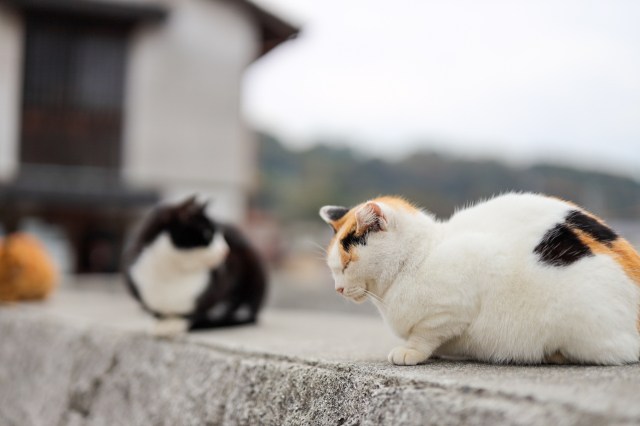
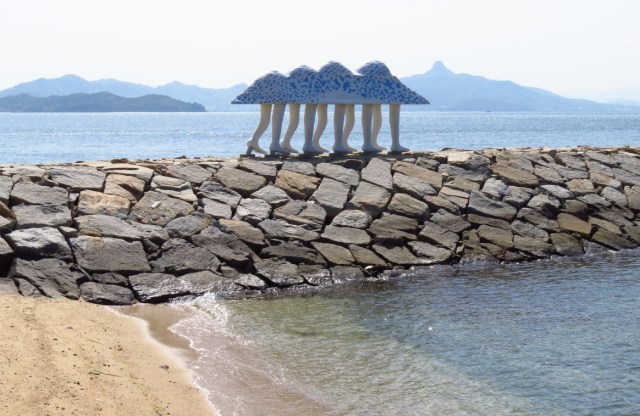
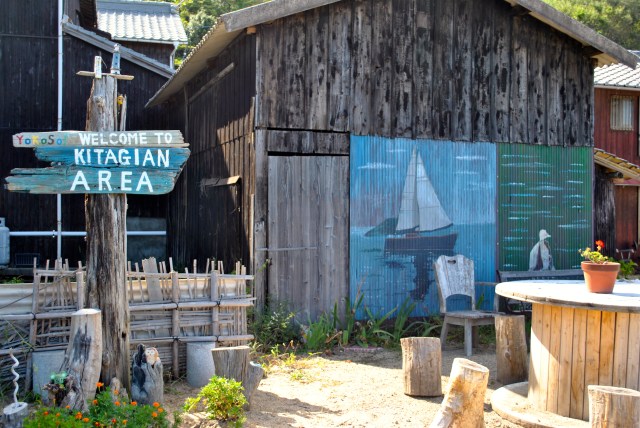
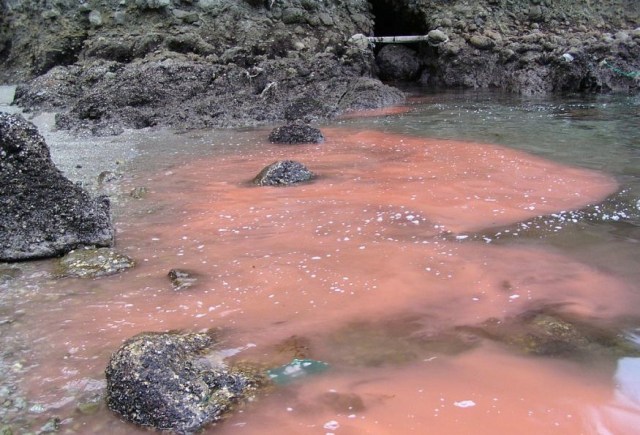

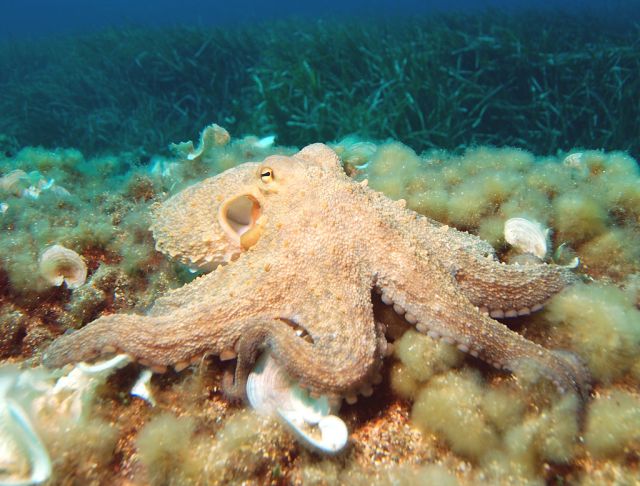
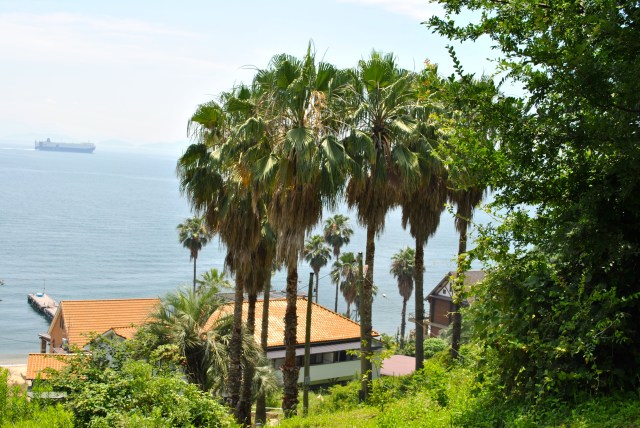
 7 great places to see Mt. Fuji from without having to climb it
7 great places to see Mt. Fuji from without having to climb it Hello Kitty Choco Egg figures are an adorable trip through three periods of Japanese pop culture【Pics】
Hello Kitty Choco Egg figures are an adorable trip through three periods of Japanese pop culture【Pics】 More Than a Capsule Stay: Why Solo Travelers Choose “global cabin Yokohama Chinatown”
More Than a Capsule Stay: Why Solo Travelers Choose “global cabin Yokohama Chinatown” Can a dirty butthole make you filthy rich in Japan? We’re starting a New Year’s lottery experiment
Can a dirty butthole make you filthy rich in Japan? We’re starting a New Year’s lottery experiment Cyberpunk anime meets traditional culture in Ghost in the Shell gold leaf Japanese changing screens
Cyberpunk anime meets traditional culture in Ghost in the Shell gold leaf Japanese changing screens Japanese public toilet in Tokyo has windows that change colour when you use it
Japanese public toilet in Tokyo has windows that change colour when you use it We investigate Sendagaya Tunnel and get a message from beyond【Haunted Tokyo】
We investigate Sendagaya Tunnel and get a message from beyond【Haunted Tokyo】 Here’s your heart-breaking short story of the day, written on a 1,000 yen bill
Here’s your heart-breaking short story of the day, written on a 1,000 yen bill Tokyo Station staff share their top 10 favorite ekiben
Tokyo Station staff share their top 10 favorite ekiben 7-Eleven Japan’s ramen-cooking robot whipped us up a bowl of noodles【Taste test】
7-Eleven Japan’s ramen-cooking robot whipped us up a bowl of noodles【Taste test】 Disillusionment at Tsukiji’s tourist-target prices led us to a great ramen restaurant in Tokyo
Disillusionment at Tsukiji’s tourist-target prices led us to a great ramen restaurant in Tokyo Japan may add Japanese language proficiency, lifestyle classes to permanent foreign resident requirements
Japan may add Japanese language proficiency, lifestyle classes to permanent foreign resident requirements Lacquerware supplier to emperor of Japan and Pokémon team up for new tableware
Lacquerware supplier to emperor of Japan and Pokémon team up for new tableware Starbucks Japan releases new zodiac chilled cup drink for 2026
Starbucks Japan releases new zodiac chilled cup drink for 2026 7-Eleven Japan starts new temporary luggage storage service in over 300 branches
7-Eleven Japan starts new temporary luggage storage service in over 300 branches Starbucks on a Shinkansen bullet train platform: 6 tips for using the automated store in Japan
Starbucks on a Shinkansen bullet train platform: 6 tips for using the automated store in Japan Large amount of supposed human organs left in Osaka marketplace
Large amount of supposed human organs left in Osaka marketplace Japan’s otoshidama tradition of giving kids money at New Year’s gets a social welfare upgrade
Japan’s otoshidama tradition of giving kids money at New Year’s gets a social welfare upgrade A Japanese dating app matched our bachelorette with a Buddhist monk, and she learned some things
A Japanese dating app matched our bachelorette with a Buddhist monk, and she learned some things Japan’s human washing machines will go on sale to general public, demos to be held in Tokyo
Japan’s human washing machines will go on sale to general public, demos to be held in Tokyo Japanese train company is letting fans buy its actual ticket gates for their homes
Japanese train company is letting fans buy its actual ticket gates for their homes Starbucks teams up with 166-year-old Kyoto doll maker for Year of the Horse decorations【Photos】
Starbucks teams up with 166-year-old Kyoto doll maker for Year of the Horse decorations【Photos】 Tokyo considering law requiring more trash cans following litter increase in heavily touristed area
Tokyo considering law requiring more trash cans following litter increase in heavily touristed area Tokyo’s Tsukiji sushi neighborhood asks tour groups to stay away for the rest of the month
Tokyo’s Tsukiji sushi neighborhood asks tour groups to stay away for the rest of the month Nintendo’s Kirby now delivering orders at Kura Sushi restaurants, but not in Japan
Nintendo’s Kirby now delivering orders at Kura Sushi restaurants, but not in Japan Tokyo event lets you travel back in time, for free, to celebrate 100 years since Showa era start
Tokyo event lets you travel back in time, for free, to celebrate 100 years since Showa era start Sanrio theme park in Japan announces plans to expand into a Sanrio resort
Sanrio theme park in Japan announces plans to expand into a Sanrio resort Survey asks foreign tourists what bothered them in Japan, more than half gave same answer
Survey asks foreign tourists what bothered them in Japan, more than half gave same answer Japan’s deadliest food claims more victims, but why do people keep eating it for New Year’s?
Japan’s deadliest food claims more victims, but why do people keep eating it for New Year’s? We deeply regret going into this tunnel on our walk in the mountains of Japan
We deeply regret going into this tunnel on our walk in the mountains of Japan Studio Ghibli releases Kodama forest spirits from Princess Mononoke to light up your home
Studio Ghibli releases Kodama forest spirits from Princess Mononoke to light up your home Major Japanese hotel chain says reservations via overseas booking sites may not be valid
Major Japanese hotel chain says reservations via overseas booking sites may not be valid Put sesame oil in your coffee? Japanese maker says it’s the best way to start your day【Taste test】
Put sesame oil in your coffee? Japanese maker says it’s the best way to start your day【Taste test】 The top 10 annoying foreign tourist behaviors on trains, as chosen by Japanese people【Survey】
The top 10 annoying foreign tourist behaviors on trains, as chosen by Japanese people【Survey】 No more using real katana for tourism activities, Japan’s National Police Agency says
No more using real katana for tourism activities, Japan’s National Police Agency says Starbucks Japan reveals new sakura drinkware collection, inspired by evening cherry blossoms
Starbucks Japan reveals new sakura drinkware collection, inspired by evening cherry blossoms Japanese public toilet in Tokyo has windows that change colour when you use it
Japanese public toilet in Tokyo has windows that change colour when you use it We investigate Sendagaya Tunnel and get a message from beyond【Haunted Tokyo】
We investigate Sendagaya Tunnel and get a message from beyond【Haunted Tokyo】 Here’s your heart-breaking short story of the day, written on a 1,000 yen bill
Here’s your heart-breaking short story of the day, written on a 1,000 yen bill Tokyo Station staff share their top 10 favorite ekiben
Tokyo Station staff share their top 10 favorite ekiben 7-Eleven Japan’s ramen-cooking robot whipped us up a bowl of noodles【Taste test】
7-Eleven Japan’s ramen-cooking robot whipped us up a bowl of noodles【Taste test】 A Japanese dating app matched our bachelorette with a Buddhist monk, and she learned some things
A Japanese dating app matched our bachelorette with a Buddhist monk, and she learned some things Starbucks Japan releases new zodiac chilled cup drink for 2026
Starbucks Japan releases new zodiac chilled cup drink for 2026 Tokyo’s famous giant Golden Poo disappears from view, but is it gone for good?
Tokyo’s famous giant Golden Poo disappears from view, but is it gone for good? Sumo Sanrio! Hello Kitty and pals team up with Japan Sumo Association for new merch【Pics】
Sumo Sanrio! Hello Kitty and pals team up with Japan Sumo Association for new merch【Pics】 “I overdid it.” – Man in Japan fired after ditching work 633 times to go to the gym
“I overdid it.” – Man in Japan fired after ditching work 633 times to go to the gym Daiso sells “emergency shelters,” and they have an amazing visual trick【Photos】
Daiso sells “emergency shelters,” and they have an amazing visual trick【Photos】 Super budget-friendly retro Tokyo hotel feels like having your own 1960s Asakusa apartment
Super budget-friendly retro Tokyo hotel feels like having your own 1960s Asakusa apartment